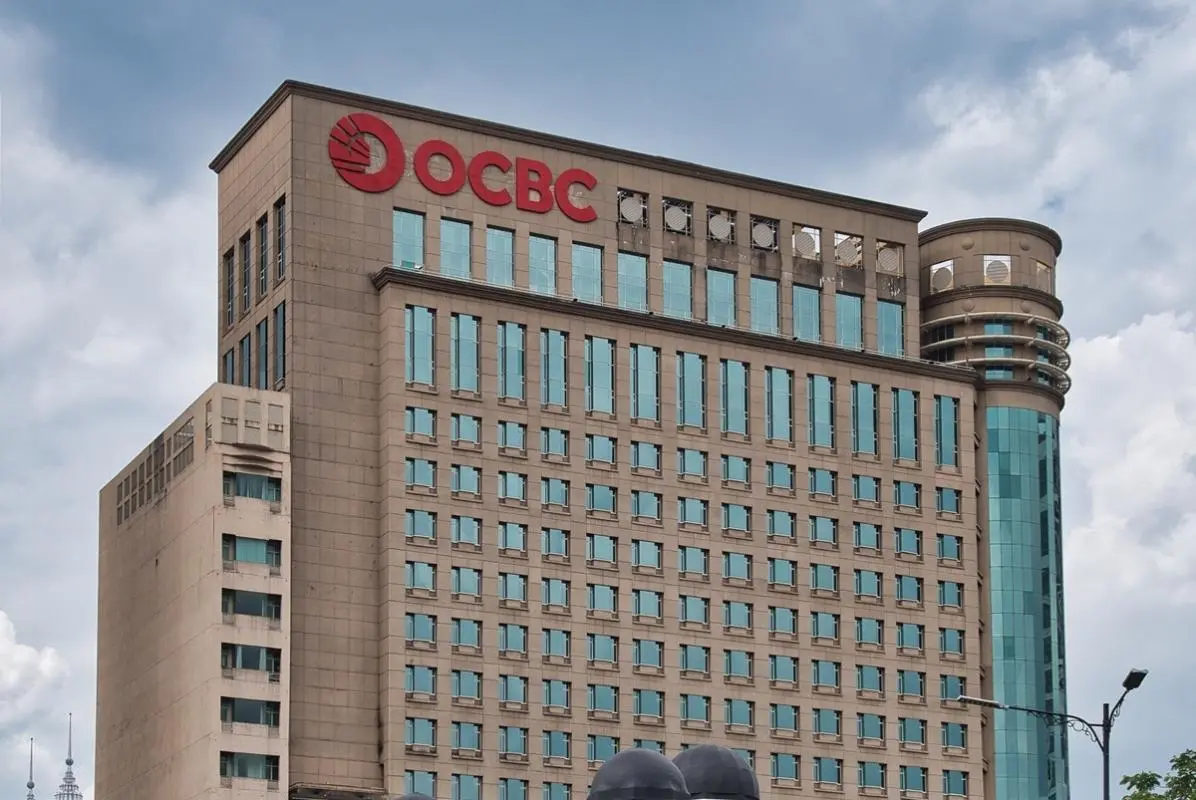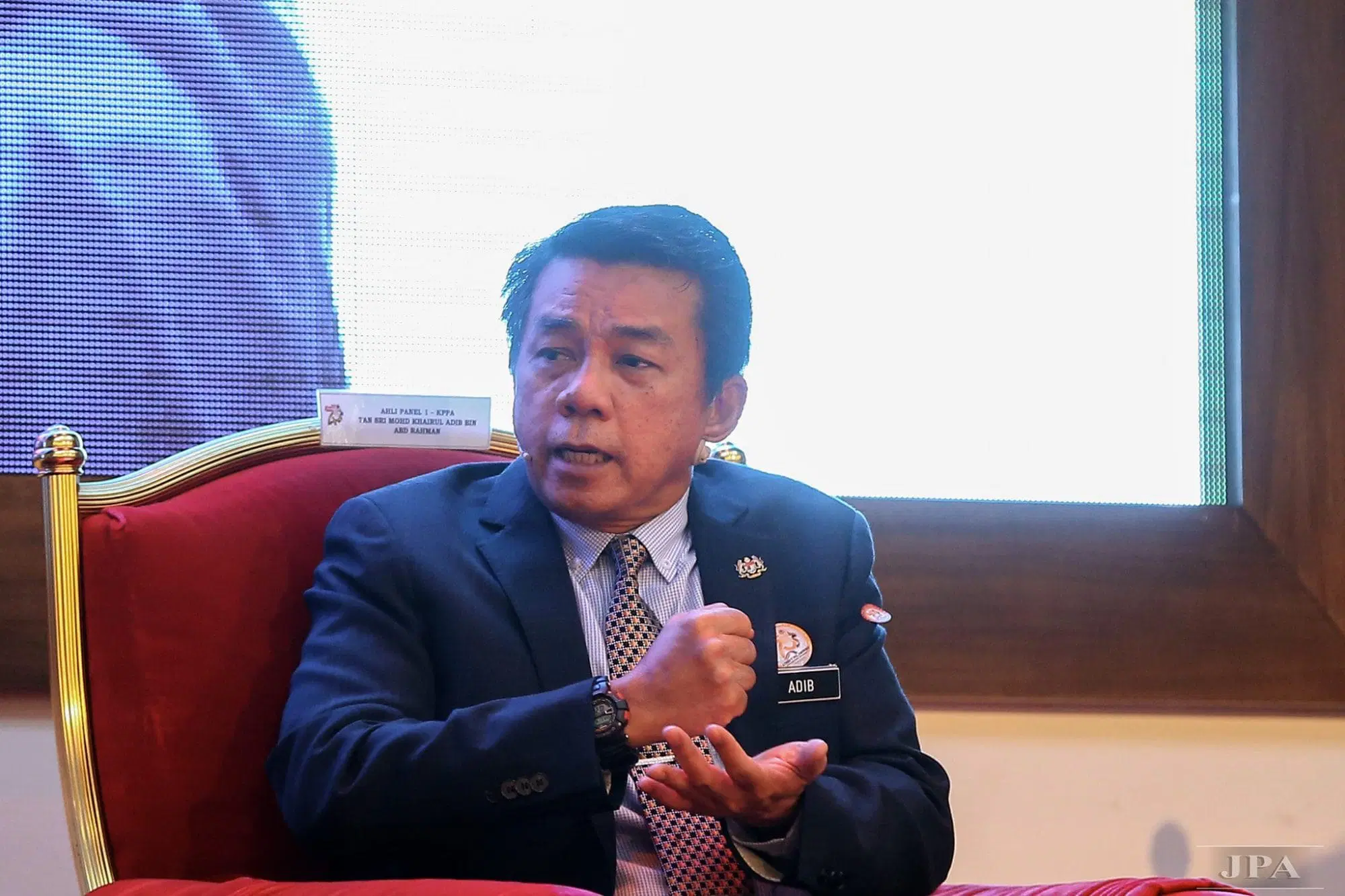Household spending in Japan rose at its fastest annual pace in almost three years in May, offering tentative signs of a rebound in consumer sentiment despite mounting risks from potential US tariffs that continue to cloud the economic outlook.

Official data released by the Ministry of Internal Affairs and Communications on Friday showed consumer spending in the world’s fourth-largest economy increased by 4.7 per cent year-on-year in May. This significantly outpaced the median market forecast of a 1.2 per cent rise and marked the strongest growth since August 2022, when spending climbed by 5.1 per cent.
On a seasonally adjusted, month-on-month basis, spending also exceeded expectations, registering a 4.6 per cent gain against an anticipated 0.4 per cent increase. This marked the most robust monthly expansion since March 2021, when spending rose by 6.7 per cent.
An official from the internal affairs ministry attributed the better-than-expected performance to one-off drivers such as increased outlays on automotive-related goods and dining out. “The three-month moving average in household spending has been positive since December last year and consumption appears to be recovering,” the official noted.
Consumption trends are a critical factor for the Bank of Japan (BOJ) as it assesses the underlying strength of the economy and weighs the timing of further interest rate hikes. Sustained wage growth is seen as a prerequisite to offset the effects of inflation on household purchasing power.
According to Rengo, Japan’s largest labour union federation, domestic firms have agreed to an average wage increase of 5.25 per cent this year — the most substantial rise in 34 years. This development has raised hopes that higher incomes could gradually support a more broad-based recovery in consumer activity.
“With the yen strengthening and crude oil prices trending lower, it is anticipated that real wages will turn positive year-on-year in the second half of the year as inflationary pressures ease,” said Yutaro Suzuki, an economist at Daiwa Securities. “This should help support a gradual recovery in consumption.”
Nevertheless, uncertainties surrounding global trade policy remain a major headwind. US President Donald Trump this week signalled that punitive tariffs on Japanese imports could be increased to between 30 and 35 per cent, significantly higher than the 24 per cent rate announced in April and temporarily suspended until 9 July. This renewed rhetoric has added fresh complications to an already fragile trade environment.
Analysts have warned that a sharp deterioration in corporate earnings resulting from higher tariffs could weigh on upcoming winter bonuses and influence the outcome of spring wage negotiations in 2026. “If corporate earnings are significantly squeezed due to the US tariffs, this could have a negative impact on wage momentum,” said Masato Koike, senior economist at Sompo Institute Plus.
Japanese consumers, meanwhile, remain selective in their spending habits. The ministry reported an 8.2 per cent year-on-year decline in rice purchases in May, as households continued to cut back on items that have experienced notable price increases.
Despite the promising data on household spending, policymakers remain cautious, with global trade tensions and monetary normalisation efforts by the BOJ presenting key risks to Japan’s economic recovery trajectory.
-Reuters






